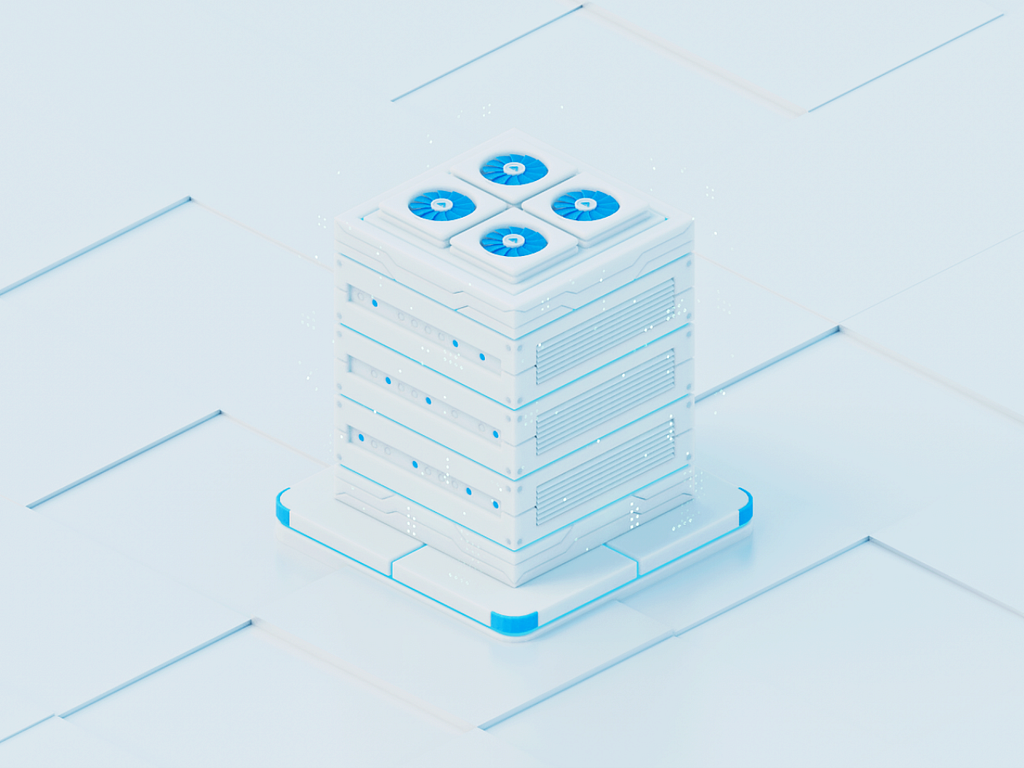Server Management
Ensure optimal server performance and security through centralized management and regular maintenance.
- Centralized Control: Streamlines server management, improving efficiency by managing and configuring servers from a single location.
- Resource Allocation: Optimizes performance and resource utilization by effectively allocating CPU, memory, and storage.
- Performance Monitoring: Enhances reliability with proactive monitoring, tracking server metrics to address performance issues before they impact operations.
- Security Updates: Maintains server security with regular patches and updates, protecting against vulnerabilities and threats.
- Backup and Recovery: Safeguards data integrity and reduces downtime through automated backups and disaster recovery plans.
Network Management
Maintain a stable and efficient network environment with effective configuration and monitoring tools.
- Network Configuration: Ensures optimized performance and reliability by setting up and managing network devices effectively.
- Traffic Analysis: Improves network efficiency by identifying and resolving bottlenecks, enhancing overall network performance.
- IP Management: Supports network growth and management by efficiently assigning and managing IP addresses.
- Security Measures: Protects the network from unauthorized access and cyber threats with robust security protocols and policies.
- Connectivity Management: Ensures reliable and consistent network connectivity across devices, minimizing disruptions and improving user experience.
User Management
Streamline user account management and enhance security with efficient access control mechanisms.
- Access Control: Enhances security and compliance by defining and managing user permissions and access levels.
- Account Provisioning: Streamlines user management tasks with efficient account creation, modification, and deletion processes.
- Authentication: Improves security with advanced authentication mechanisms like single sign-on (SSO) and multi-factor authentication (MFA).
- Activity Monitoring: Ensures compliance and security by tracking user activity and access logs for potential issues.
Network Security
Protect your network from potential threats with comprehensive security measures and protocols.
- Firewalls: Deploy and configure firewalls to protect the network from unauthorized access.
- Intrusion Detection Systems (IDS): Monitor network traffic for suspicious activity and potential threats.
- Encryption: Implement encryption protocols to secure data in transit and at rest.
- Security Policies: Develop and enforce network security policies and procedures.
- Protection: Shields the network from cyber threats and attacks with advanced security measures.
- Data Privacy: Ensures data confidentiality and integrity through encryption and secure access controls.
- Compliance: Adheres to industry standards and regulations for network security.
- Incident Response: Enables rapid detection and response to security incidents, minimizing potential damage.
Performance Monitoring
Enhance system performance and reliability through continuous monitoring and detailed reporting.
- Real-Time Monitoring: Track server and network performance metrics in real time.
- Alerts and Notifications: Receive alerts for performance issues or anomalies.
- Reporting: Generate detailed reports on performance trends and system health.
- Capacity Planning: Analyze performance data to plan for future capacity needs.
- Proactive Management: Identifies and addresses performance issues before they impact users.
- Optimized Resources: Ensures that resources are allocated efficiently to meet performance demands.
- Improved Reliability: Enhances system reliability by monitoring and addressing potential issues promptly.
- Data-Driven Decisions: Supports informed decision-making with detailed performance insights and reports.








